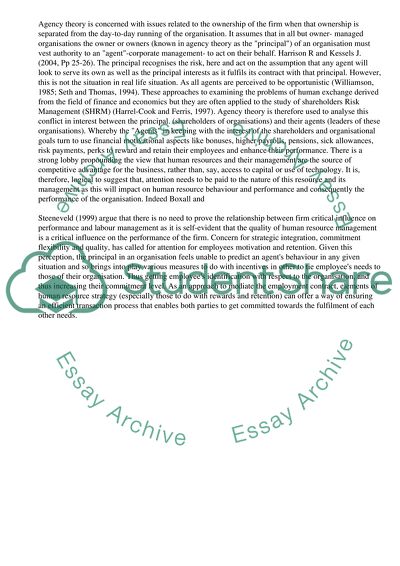Cite this document
(Motivation to Work and Organisational Performance Assignment, n.d.)
Motivation to Work and Organisational Performance Assignment. Retrieved from https://studentshare.org/management/1523513-human-resource-management-book-reportreview
Motivation to Work and Organisational Performance Assignment. Retrieved from https://studentshare.org/management/1523513-human-resource-management-book-reportreview
(Motivation to Work and Organisational Performance Assignment)
Motivation to Work and Organisational Performance Assignment. https://studentshare.org/management/1523513-human-resource-management-book-reportreview.
Motivation to Work and Organisational Performance Assignment. https://studentshare.org/management/1523513-human-resource-management-book-reportreview.
“Motivation to Work and Organisational Performance Assignment”, n.d. https://studentshare.org/management/1523513-human-resource-management-book-reportreview.


